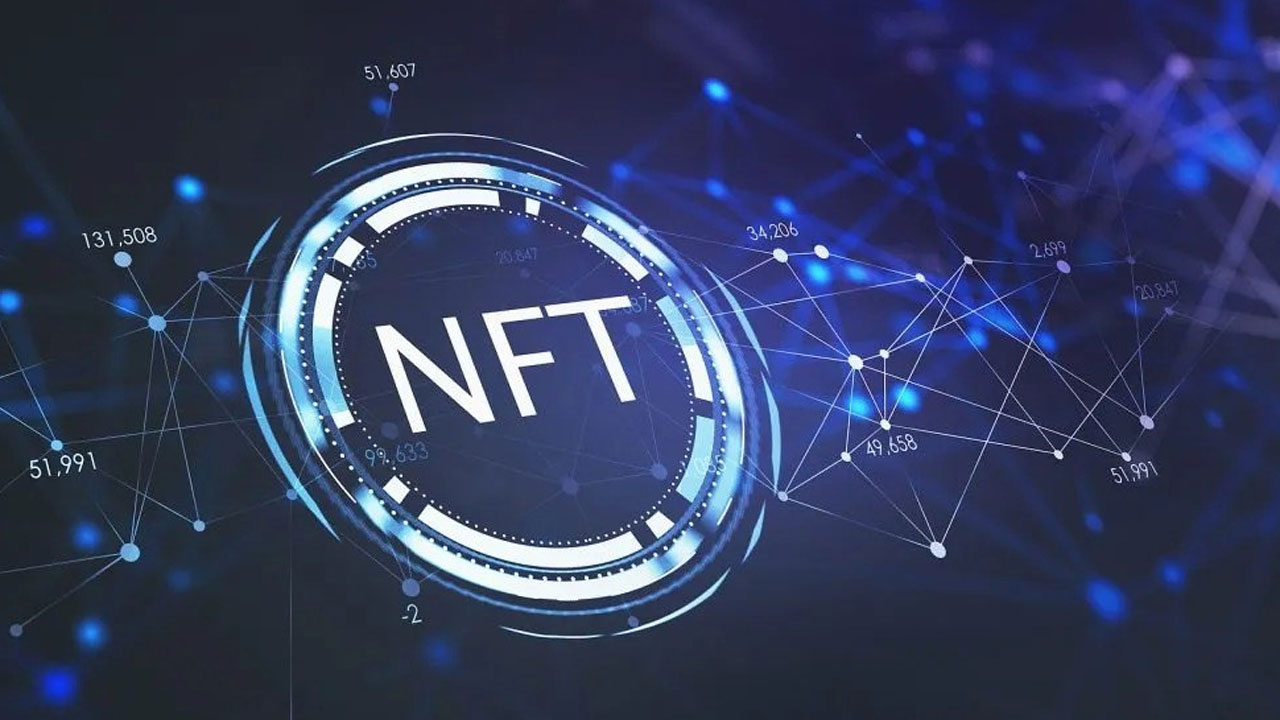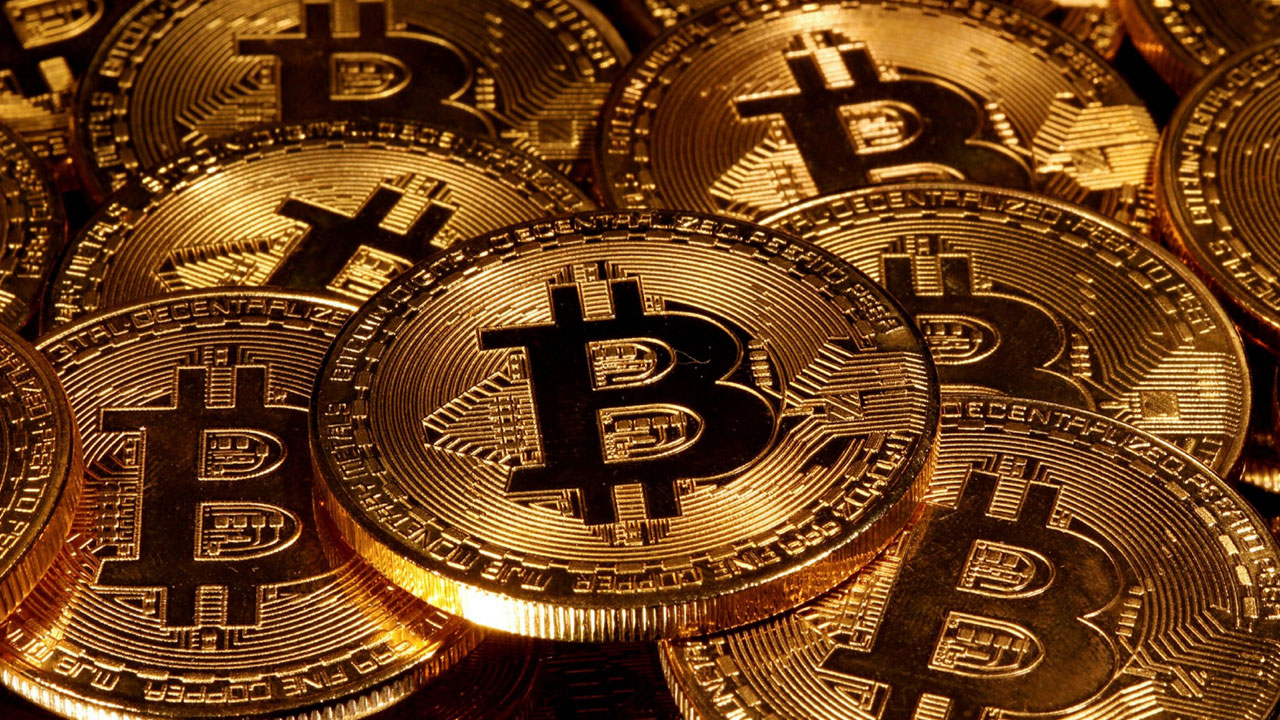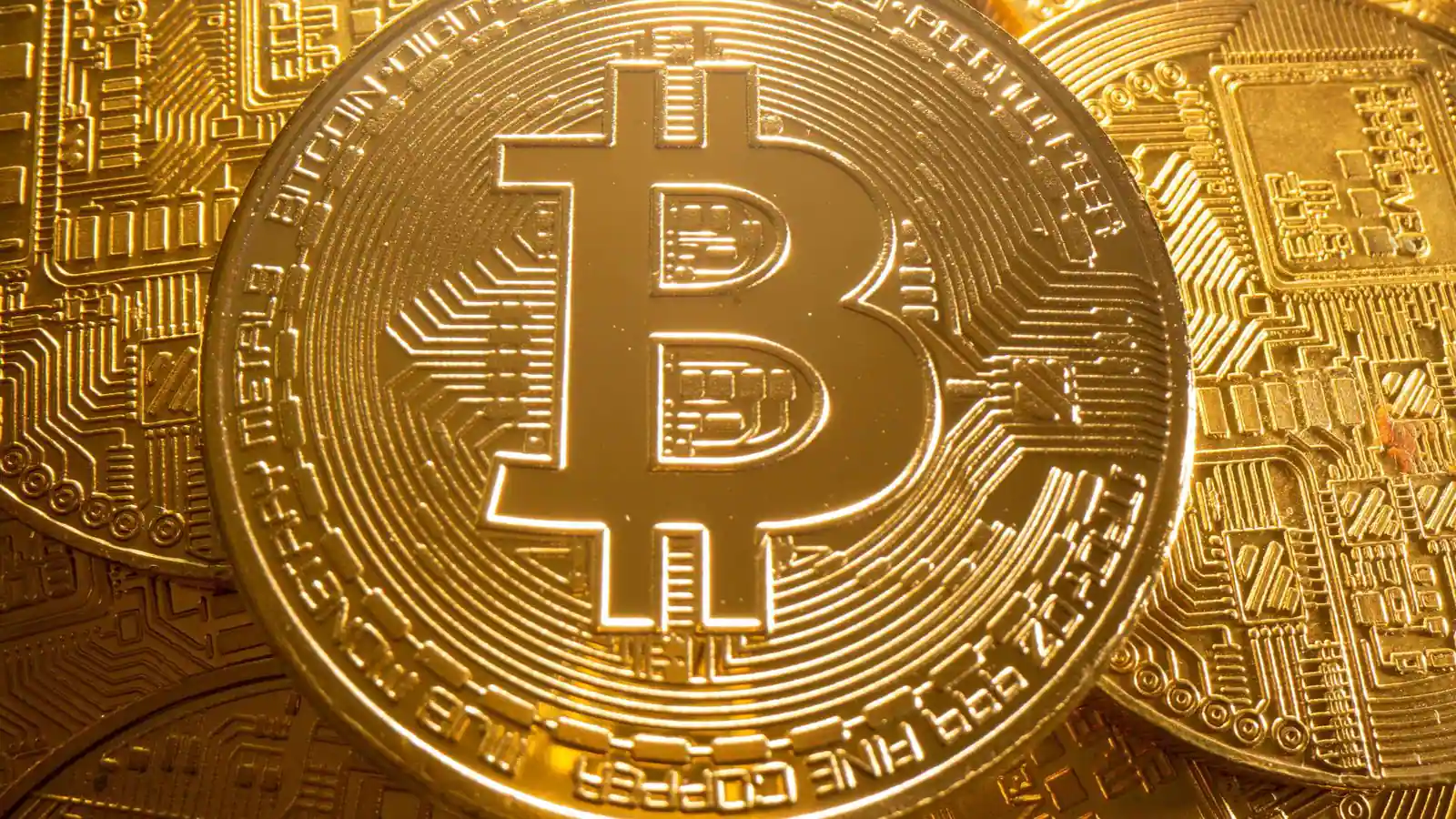The highly anticipated cryptocurrency law has still not been submitted to parliament and has come into effect. While work on the relevant regulation continues, Leading Names in the Cryptocurrency Ecosystem also offers suggestions that can help with the relevant regulations.
Here are some of these suggestions, today by Binance Turkey shared. The Turkish leg of the world’s largest cryptocurrency platform, in the blog post it shared Recommendations and principles of the regulatory framework for the exchange of crypto-assets presented. Here are the recommendations that Binance believes will best protect the industry:
Binance Turkey’s Suggestions for Cryptocurrency Law:
1 – The definition of ‘crypto assets’ should be clear:

We propose that a clear definition of crypto-assets forms the basis of any new crypto-asset regulation. Clear definitions eliminate discussion about classifications and make regulations generally applicable.
In this regard, the definition of Crypto Asset to be made must necessarily contain the following characteristics;
- may be electronically transferred, stored or traded,
- exchange possible,
- be designed or used as a store of economic value.
2 – Arrangement of stable coins:
We recommend that stable coins are regulated and regulated in the same way as Crypto assets. In addition, we recommend trading stable coins freely regardless of the jurisdiction in which they are assigned.
The reason for this is that Stable Coins act as a bridge between fiat currencies and Crypto assets. Another reason is that restricting the use of stable coins will greatly harm the industry and user experience.
3 – Evaluation of NFTs separately from crypto-assets:

The development of NFTs is critical to the Crypto Asset world and that is why Turkey is leading the way, due to the user demand and the market volume it commands.
However, it was in 2020 that NFTs gained mainstream attention in the field of trading, while CryptoAssets as an asset class have been developing since 2008. For this reason, NFTs have not yet reached the maturity level of Crypto Assets as an asset class.
We recommend that the planned arrangements for NFTs be designed to take full advantage of this technology and allow for progress. New uses for NFTs are discovered every day, so if strict regulation is enforced, there is a risk that development will be limited or that regulation often falls short.
4 – Enable Shutdown:
Staking is a method of earning rewards for Crypto assets owned by users and is based on the Proof of Stake (Proof of Stake or “PoS”) consensus system.
In the working of blockchain technology, independent validators verify transactions made on the network using a complex computer calculation. It is called a consensus mechanism because it requires at least 51% of countless independent individuals around the world to agree on the validity of the transaction in question. In this way, new blocks are added to the blockchain.
Validators earn a certain reward from the network for each successful transaction, but in the PoS system, the validator has to lock up a certain amount of money as collateral. Therefore, authenticators are encouraged to be honest in their transactions while deterring malicious parties.
Staking is thus a system that not only allows users to earn fair rewards, but also keeps the network safe autonomously worldwide.
Restricting staking will not only harm the user experience but will also undermine the principles of Crypto Assets to be user-centric and enable by the community.
Given the issues explained in this article, we recommend regulating strike activity as well. Another point to consider during the regulation is the importance of not depriving Turkish users of an issue so important to the crypto and blockchain ecosystem.
5 – Provide direct access to users:

Considering the demand for Crypto Assets in Turkey, we recommend keeping the market entry as simple and easy as possible for existing and new users. At the same time, such easy access should be limited to players with adequate and robust authentication and anti-money laundering procedures.
Adding middlemen to the access process will only create problems for users, while harming users, demand and Turkey’s position as the leading crypto market.
Given the importance and potential of Turkey in the crypto asset industry, we believe that it will be most beneficial for our country to give users access to crypto assets as free as possible.
6 – Allow Global Repositories:
Strong liquidity is one of the most vital requirements of the crypto asset world. Limiting liquidity pools only to Turkey will have consequences that will seriously jeopardize the Turkish market as a leader of crypto assets:
- The smaller a liquidity pool, the more vulnerable it will be to market manipulation.
- Large liquidity pools allow users to trade and make investment decisions with greater ease and financial security.
- Limited liquidity pools will result in users facing unfair pricing.
For these reasons, it is considered essential to protect global pools to protect users from unfair prices and to allow Turkish users to trade without being exposed to market manipulations.
7 – Establishing clear criteria in listing and removal processes:

Leading crypto asset exchanges such as Binance TR already have the necessary expertise and experience in evaluating new and emerging crypto asset projects. However, setting clear criteria for listing processes will keep market quality standards high, make it easier to distinguish good projects from bad ones, and provide indirect protection by reducing the likelihood of users being exposed to bad projects.
In addition, projects need to be removed from the list from time to time for various reasons. It is also essential for the removal process to establish clear criteria.
8 – Scholarships with sufficient research capacity can determine their own listings:
We would like to emphasize the importance of appropriate regulatory oversight during the listing process.
In this context, we deem it appropriate that a crypto asset exchange seeking a listing may choose one of the following two methods.
Self-certification: With this method, before listing a new crypto asset, the exchange notifies the competent supervisor that it wishes to list the crypto asset in question and that the said asset meets the listing conditions. With this method, the editor has the option to suspend the listing for a predetermined period of time.
Review and approval: Under this approach, the exchange will request the relevant institution to examine and approve the asset to be listed, rather than self-certifying. We think this could come in handy for exchanges like Binance that don’t have a well-developed research department yet.
9 – Exchanges must have a fund to protect users:

We believe that crypto asset exchanges should have an adequate “insurance fund” to protect their users from losses caused by reasons other than using the exchange and to offset their losses if necessary.
An example of this is the SAFU fund. Under Binance’s insurance, a portion of the revenue is transferred to SAFU (Safe Asset Fund for Users) savings and retained to offset any damages that may arise from the platform in any case. Our example, SAFU, has recently reached the USD 1 billion level.
10 – Regulation of crypto asset custody services:
While not all crypto-asset exchanges operate on the same principle and operation, the secure storage of crypto-assets is one of the industry’s most common and sensitive issues.
Given the importance of secure crypto asset storage and the unique needs of different platforms, we recommend allowing one of the following three models after the evaluation, taking into account the structure, operation and business model of each crypto asset- exchange:
- Exchange Escrow Model: Entrusting clients’ crypto assets through the exchange.
- Self-control model: Storage of crypto assets directly by the owner of the crypto assets.
- Third-party storage model: A third party (e.g. wallet service provider) holding the assets on behalf of the exchange or the user.
We believe that companies and organizations that provide such custody and safekeeping services should also be subject to regulation and supervision.
11 – The regulation to be implemented is based on principles:
Crypto assets are essentially powered by continuous technological innovation and development.
Therefore, when developing a regulation for crypto-assets, the subject of the provisions should be the principles to be protected, not the technology itself. Regulations based on existing technologies can become invalid and void with just one technological leap.
Therefore, we believe that regulations developed for the benefit of cryptoassets should focus on broader concepts such as user protection, market fairness, industry oversight.
In other words, regulation should be based on principles and not limited by current technology.
12 – Mandatory high safety standards:

We recommend establishing and developing regulations where user safety (and therefore user funds) is always a top priority.
Therefore, issues like multi-signature contracts to protect users, user-facing security measures like 2FA, keeping most crypto assets in cold wallets instead of hot ones are considered mandatory for any crypto asset services provider.
13 – Unlimited character of crypto transfers:
The transfer of crypto assets between different networks and platforms offers many different functions.
Allowing crypto-assets to be transferred only to certain areas will render many features that make the crypto-asset ecosystem unique and sometimes functional unusable, and will seriously harm the usability and development of this technology.
In addition, new developments will be blocked and the development of any project that can be prepared in Turkey will become impossible. Likewise, this includes NFTs.


















